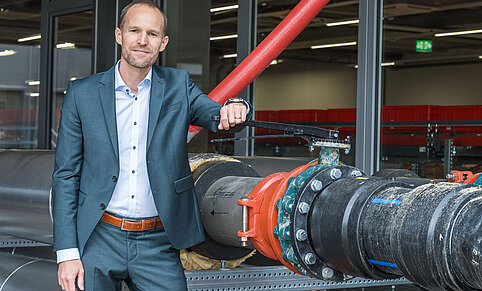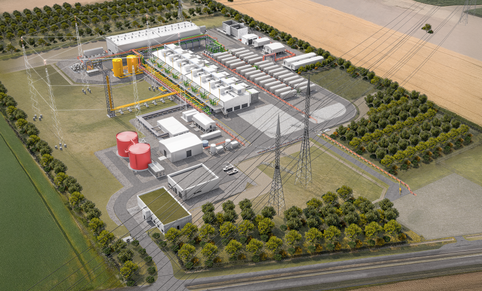 © Vienna University of Technology
© Vienna University of Technology
- Innovation and digitalisation
- Research & development
Complex catalysis under the microscope
19. June 2023At the Vienna University of Technology, scientists have succeeded in using microscopy techniques to observe chemical reactions on catalysts more precisely and in greater detail than ever before. Catalysts composed of tiny metal particles play an extremely important role in technology – from fuel cells to production of synthetic fuels for energy storage. However, the exact behaviour of catalysts depends on many fine details and their interplay is often difficult to understand.
Scientists at the university try to identify reasons for such effects by imaging the catalytic reactions taking place on various locations on these catalysts point by point, applying several different microscopy techniques. It appears that even relatively “simple” catalytic systems are more complex than expected. For example, it is not only the size of the employed metal particles or the chemical nature of the support material that define the catalytic properties. Even within a single metal particle, different scenarios can prevail on the micrometre scale. In combination with computer modelling, the behaviour of different catalysts could then be explained and correctly predicted.
“We investigate the combustion of the possible future energy carrier hydrogen with oxygen, forming water, by using rhodium particles as catalysts,” explains Prof. Günther Rupprechter from the Institute of Materials Chemistry at the Vienna University of Technology. “The catalyst of rhodium particles does not behave like a uniform object which can be described by a few simple parameters, as often tried in the past,” Günther Rupprechter adds. Chemical analysis on the microscopic scale has shown that the catalyst composition can vary locally even more than expected. Strong differences exist even within the metal particles, which in turn also changes the chemical activity.
- Learn more about Austria as a research location


